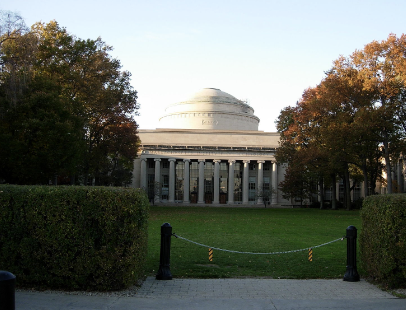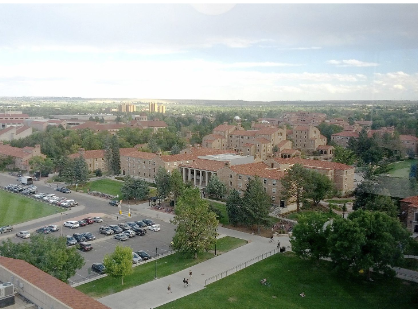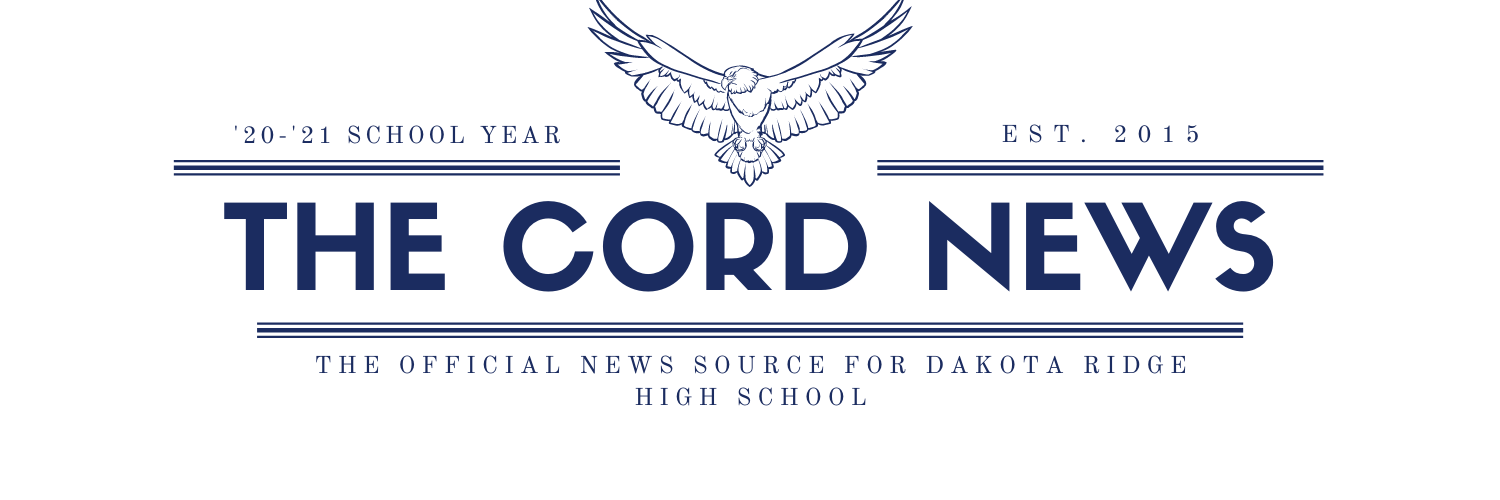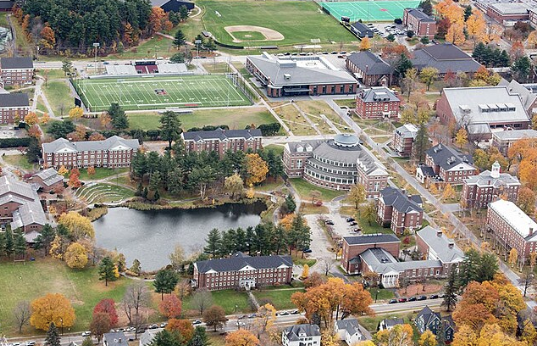
With DRHS seniors beginning to apply to colleges and universities across the United States, many will need to factor in the overruling of affirmative action that happened last year, and how it will affect college applications.
The Supreme Court ruled that colleges and universities may no longer factor race into admissions, affecting the class of 2024 application season. The 6-3 decision to end affirmative action completely occurred in June, 2023. Affirmative Action was originally upheld in 2003, but the June ruling overruled the decision.
The ruling not only puts the Biden-Harris student debt relief plan in danger, but also students of color. Reuters covered the case overruling last year along with the legality of the $430 billion debt relief.
This year, the Massachusetts Institute of Technology has reported that their diversity rates have dropped significantly. MIT has stated that 16% of its new students identify as being Black, Hispanic, Native American and/or Pacific Islander; dropping 10 percentage points in one year. As a baseline, in recent years, about 25% of enrolling undergraduate students have identified as Black, Hispanic, and/or Native American and Pacific Islander.
“That is what happened,”said Stu Schmill, MIT’s dean of admissions, according to the MIT admissions page. Schmill stated that he had “no doubt that we left out many well-qualified, well-matched applicants…who would have excelled.”
MIT was the first major institution to publish their data following the overruling of Affirmative Action and how it affected the graduating class of 2028.
White students make up 37% of the new class, compared with 38% last year, while the percentage of Asian American students rose to 47% from 40%. At MIT, Asian-Americans are not included in the category of students “historically under-represented” in STEM subjects, which Schmill has previously acknowledged to be a “crude standard.” The new admissions figures do not total 100% as some students identify as more than one race or ethnicity.
This can give some hope to students as the new application season opens. With competition at an all-time high, and admissions practices increasingly unclear, it’s not an easy time to be a college applicant, especially for students of color. But because MIT is a STEM school and they have particular standards, that may differ from a standard university or college.
“The drop in students of color at higher education institutions is alarming to me as a person of color because it shows how easily the change happened,” DRHS senior Aleshai Vivanco Ramirez said.

Yale University reported their statistics on enrolling of first generation students last year. The first-year class that arrived in New Haven in September of last year is 21% larger than the class that arrived in fall 2013; the number of Pell-eligible first-year students this fall is 130% higher than it was a decade ago; the number of first-generation first-year students is nearly 115% higher; and the number of students of color in the first-year class has increased by 96%.
Those statistics indicate that Yale has not been too harshly affected by the overruling of Affirmative Action, on the contrary, their number of students of color has even risen compared to past years. Therefore, it is easy to see that there is still some positive guarantee that these students will be considered and not glossed over.
University of Colorado Boulder reports, “I want you to know that I am committed to equity and to supporting the students that this ruling most directly impacts,” Chancellor Philip DiStefano said in a statement put out by CU Boulder. “Combined with our recent campus surveys, we are taking…actions to address inequities.”

CU Boulder stated that they will stay committed to diversity by developing and implementing departmental strategies to promote inclusion.
“It’s positive that schools are still committed to diversity in the wake of all the changes made,” DRHS senior Owen Robertson said. “especially schools close to us like Boulder.”











